Gumbo was visiting the floating reed islands of Lake Titicaca, a large lake straddling Peru and Bolivia (the Peruvians like to say they got the "titi" part, while the Bolivians got the "caca"). It's the most voluminous lake in South America and is considered the highest navigable -- by a large ship -- lake in the world, having a surface elevation of 3,812 m or 12,507 ft.
Congratulations to (in order of emailing us) PortMoresby, Roderick Simpson, TravelingCanuck and Jonathan for solving the puzzle! I think Club2013 also knew, but didn't exactly spell it out. Our traveling sleuths did a quick job solving this week's quiz.
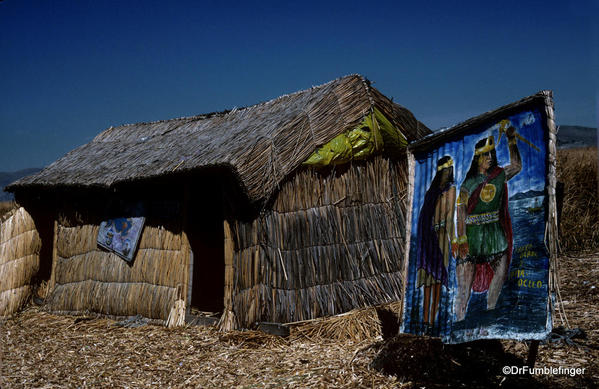
The Uros natives of the lake are a pre-Incan people who live on forty-two floating islands. They had a unique language (which has been lost for centuries) and obviously a unique way of living. So far as I know, they are the only people who dwell on naturally constructed floating islands, to which they historically moved for defensive purposes. Some of the islands continue to have a watchtower which, like the huts, are almost entirely constructed of reeds......
Obviously rodents pose a threat to islands and homes made of reeds, so cats are commonly found because of their hunting skills....
The Uros use bundles of dried tortora reeds to construct most things they use in their daily lives, including their boats, their homes and the islands on which they live. The reed bundles of which the islands are constructed are about 2 meters in thickness. They are tied to wooden stakes placed at the bottom of the lakes, but the man-made islands can be floated to a different position if needed. Their wet environment causes the lower reeds to rot, so new ones need to be constantly placed on top. Food is cooked with fires built on piles of stones.
Life for the Uros swelling on reed islands is harsh. They live in a cold, wet environment without a lot of resources or creature comforts, and I know I wouldn't want to trade places with them. We visited one of the Uros islands while taking a trip on Lake Titicaca and I found it to be an interesting stop. The village consisted of small, simple reed dwellings. The reed islands are spongy to walk upon -- almost like walking on a waterbed (though not quite that bouncy). The Uros people make a living mostly from selling handicrafts to tourists (like small reed boats and alpaca wool products). The Uros eat fish and birds from the lake, and graze their cattle on small islets. They also eat the bulbs of the reeds, which are rich in iodine and help prevent goiter.
Around 2,000 descendants of the Uros survive, although only a few hundred still live on and maintain the islands; most have moved to a more comfortable life on the mainland. I can certainly understand why.
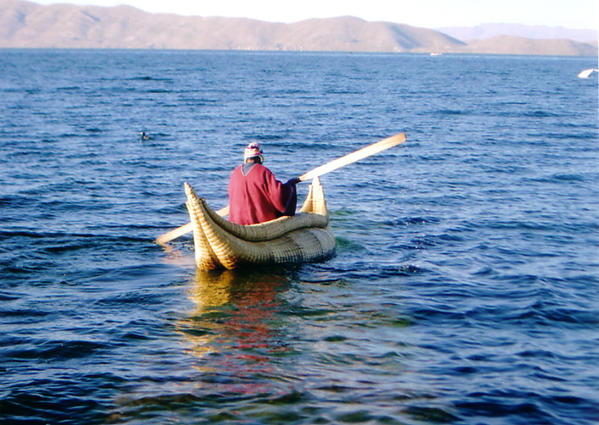 (canoes are constructed of reeds)
(canoes are constructed of reeds)
The Uros adopt modern technology as best as they are able to: some have motor boats, some houses have solar panels to run appliances such as radios and televisions. Early schooling is done on several islands, but older children attend school on the mainland, often in nearby Puno, Peru.
If you ever make your way to Peru, a few day visit to the Lake Titicaca region is most interesting, and the train ride from Puno to Machu Picchu is a grand adventure. But be forewarned that this is at high altitude and you'll need to acclimate to avoid the symptoms of altitude sickness.

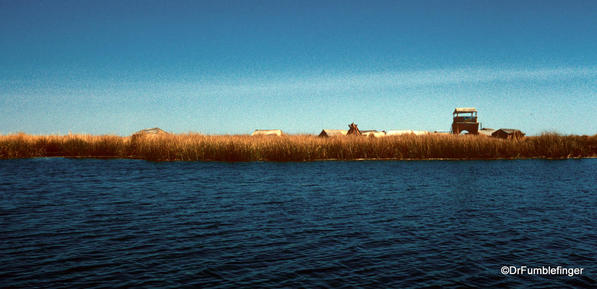
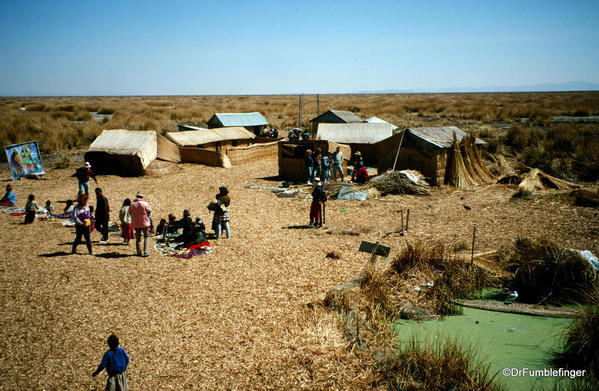
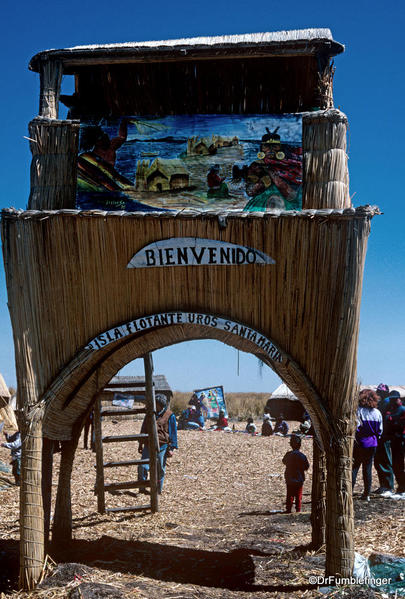
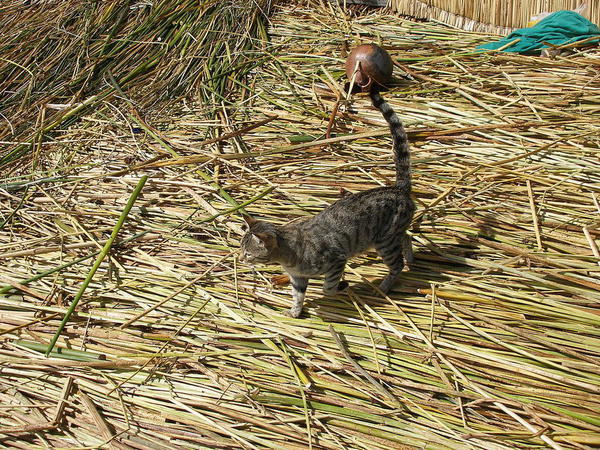
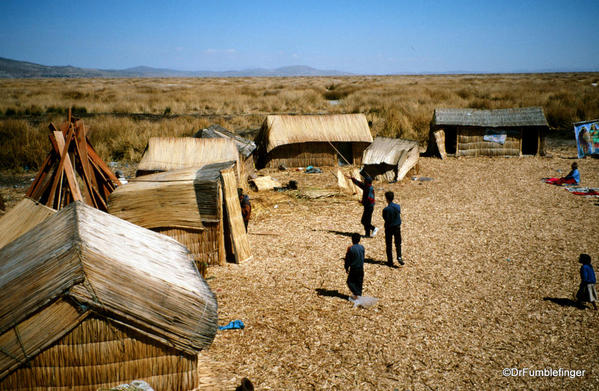
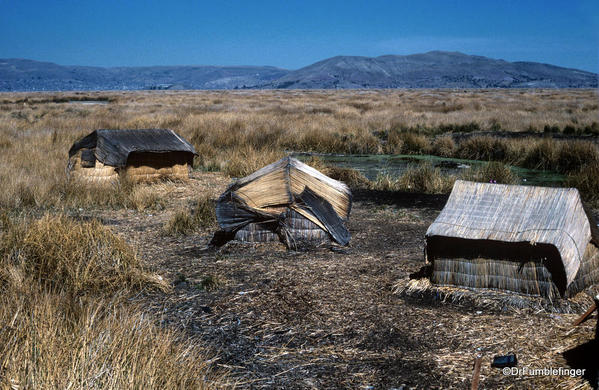
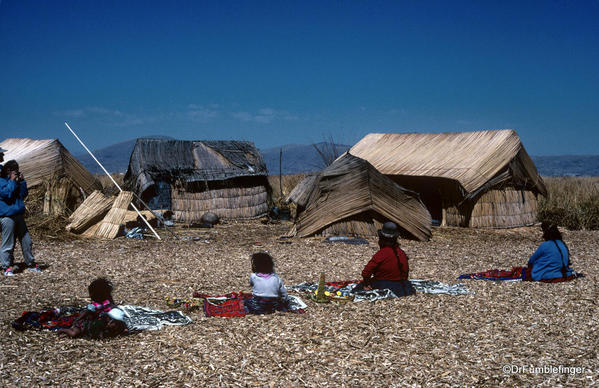
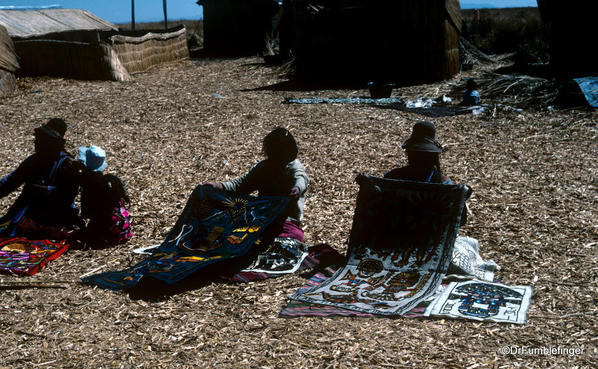
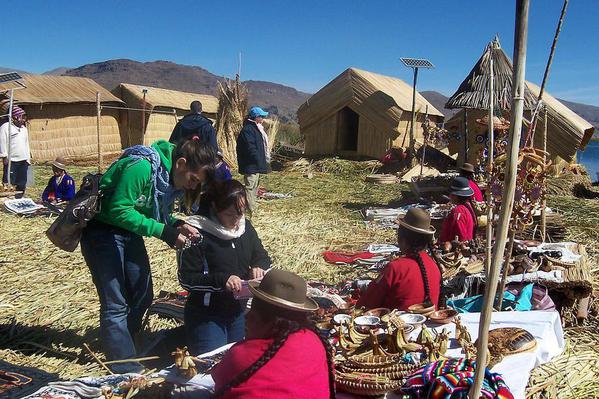
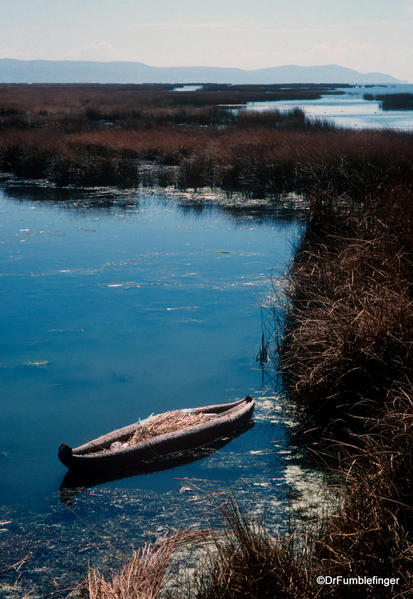
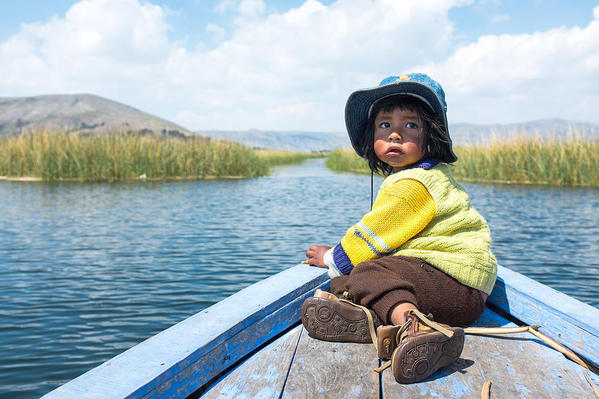

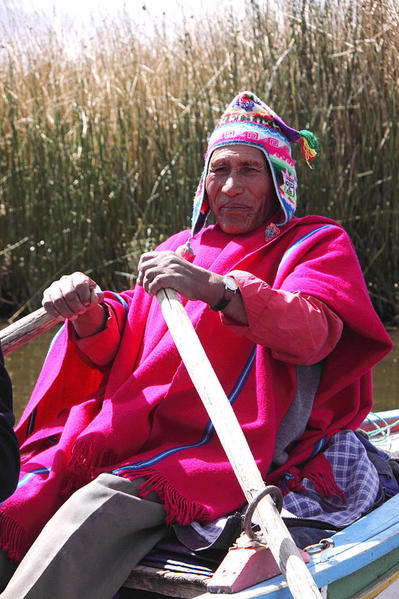
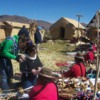

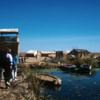
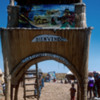
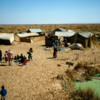
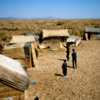
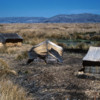
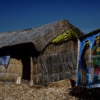
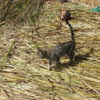
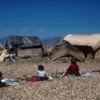
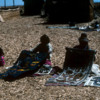


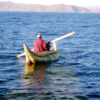
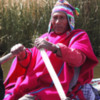
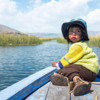
Comments (3)